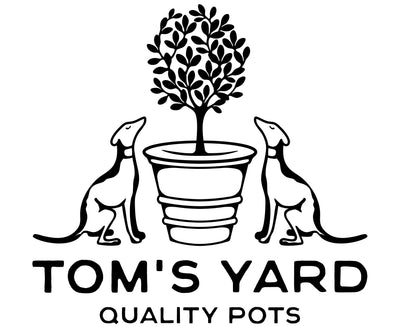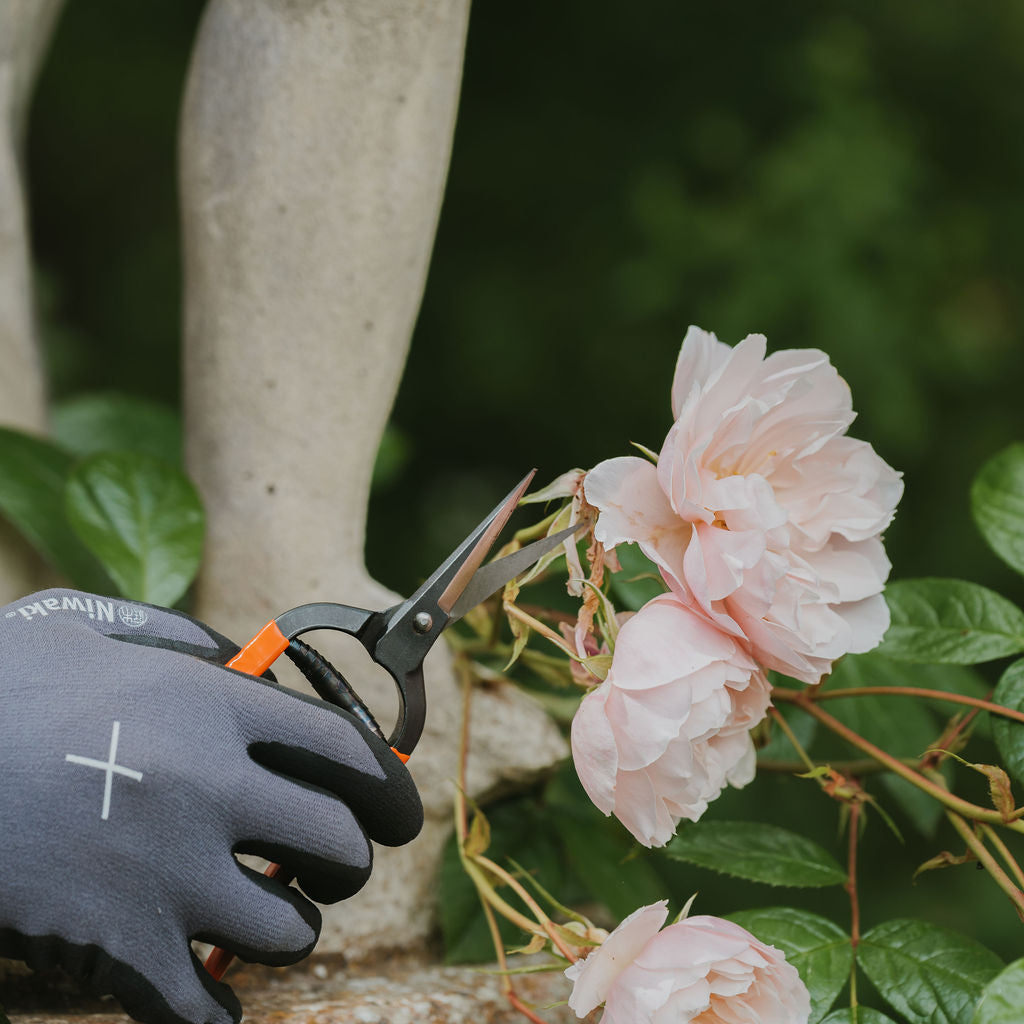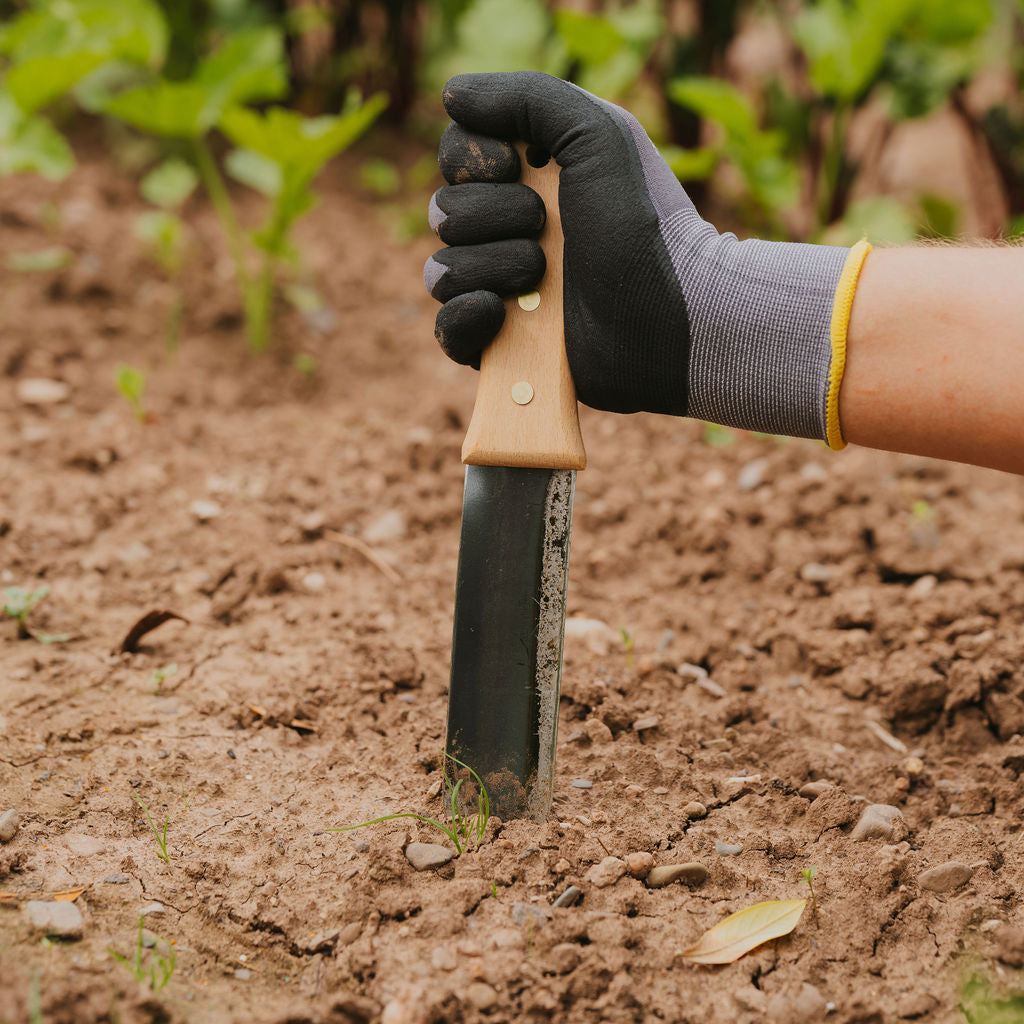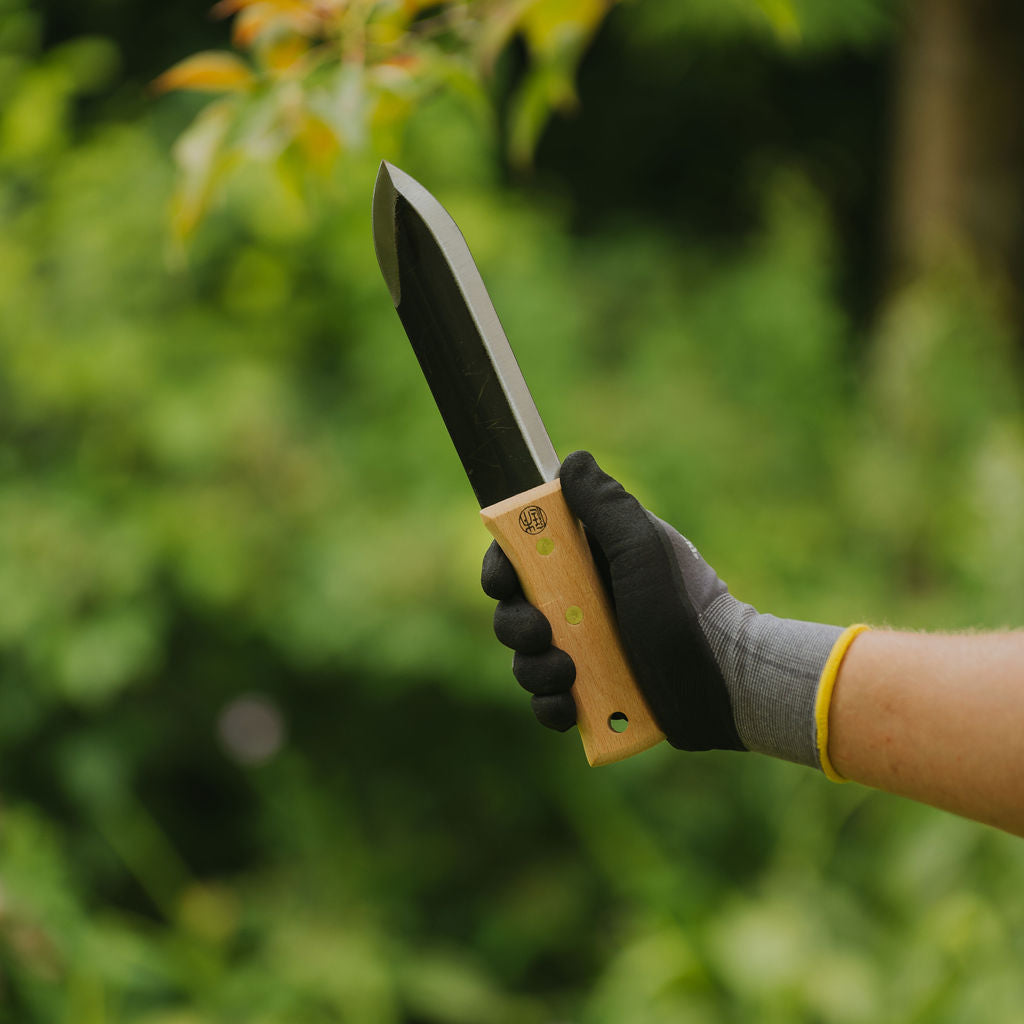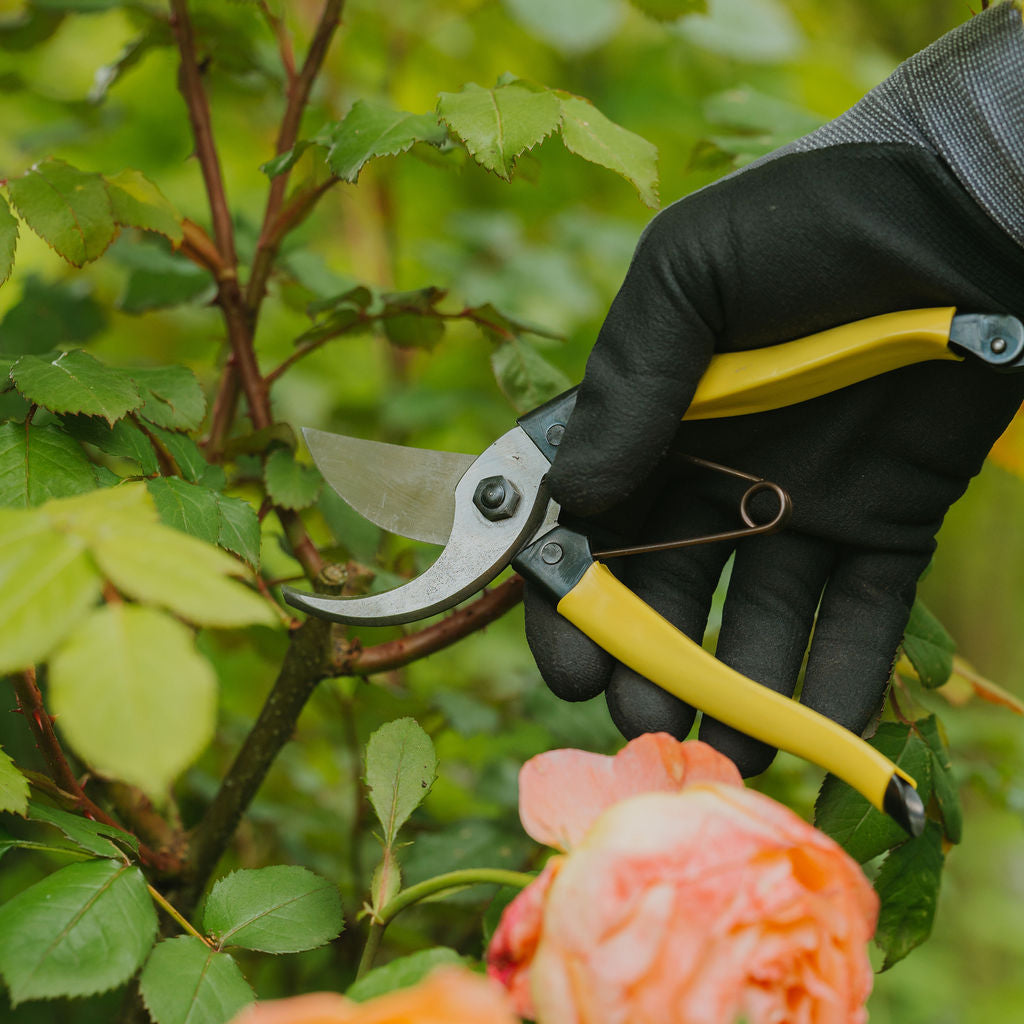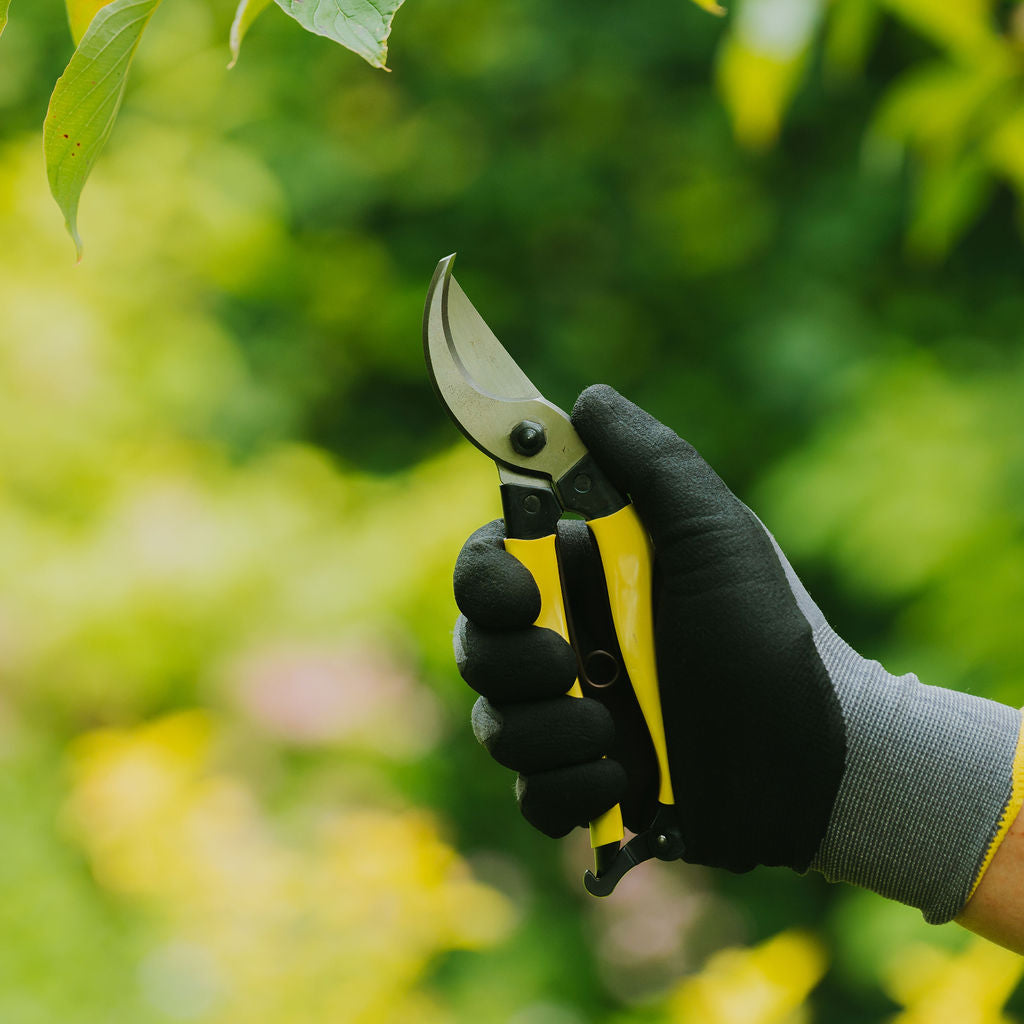Italian Terracotta Pots Explained
Italian Terracotta Pots
All of Tom's Yard's Italian terracotta pots hail from a single Pottery in Tuscany, just 40 minutes from Siena. Of Italy's 20 regions, Tuscany is widely known for it's beautiful landscapes and activity surrounding the arts, including being home to the 14th Century Renaissance movement.

'Galestro' Quality?
Italy is widely known as one of the worlds leading producers of terracotta pots. With a natural abundance of clay, potteries have been taking advantage of the natural resources for centuries.
Now in 2023, there are pots of all qualities coming from Tuscany. The majority of my Italian pots are made with a premium-grade Galestro clay. Unlike standard Italian pots produced with a run-of-the-mill Sienese clay - the clay used to make my Italian pots is blended from a specific rock found in the local clay sediments. This gritty shale is ground up to produce a clay rich in hard minerals. This Galestro clay (as it is known) goes on to create pots with a tremendous colour and solid, frost-proof qualities.
All of my Galestro quality pots are stamped to provide a reassurance of their quality.

Colour
The textured tone of the terracotta is unique compared to standard pots produced elsewhere.
Once fired, the grainy clay binds hard and takes on a reddish-orange colour with a crystalline, semi-rough finish. This is caused by mineral salts coming to the surface. This is sometimes more noticeable on one pot than another, depending on certain factors such as...
The concentration of mineral salts in the clay
Time spent in the drying room
Drying speed
Handling of the pots during the drying period (visible finger prints)
It is not uncommon to find pots with prints of hands or fingers, which is a superb testament to the hand's-on nature of the production process.

Frost
Although my Italian pots have a sightly colour, the best aspect is their hardiness against prolonged British frosts; Tested and supplied as -20 Celsius.
We get very damp here in Herefordshire, so it's paramount that all of my pots are up to the job. After importing nearly 30 tonnes of clay, I'm yet to receive a single complaint.
Manufacture
Unlike my pots from Crete, my terracotta pots from Italy go through a slightly different process.
Once the clay has been processed, the substance is hand-pressed into moulds. It's important to get the moulding spot on to ensure that there are no defects in the finished product.
These moulds are routinely replaced to ensure that the decorative motifs stay crisp and consistent between batches.
Once the pots have been cast, the next step is to leave them to dry for over 20 days. Over this period the clay pots have the chance to release extra moisture before heading to the kiln.
After bring cured, the pots are fired at very high temperatures (over 1000℃) for three whole days (72 hrs). Although it may seem like a lengthy process, it ensures that your pots are correctly prepared and thoroughly heated. That is the secret to making, what I refer to as, a proper pot.
The total time individually making these pots can vary. However, at most, each pot can take over 1 month from first being made to being released from the kiln.
